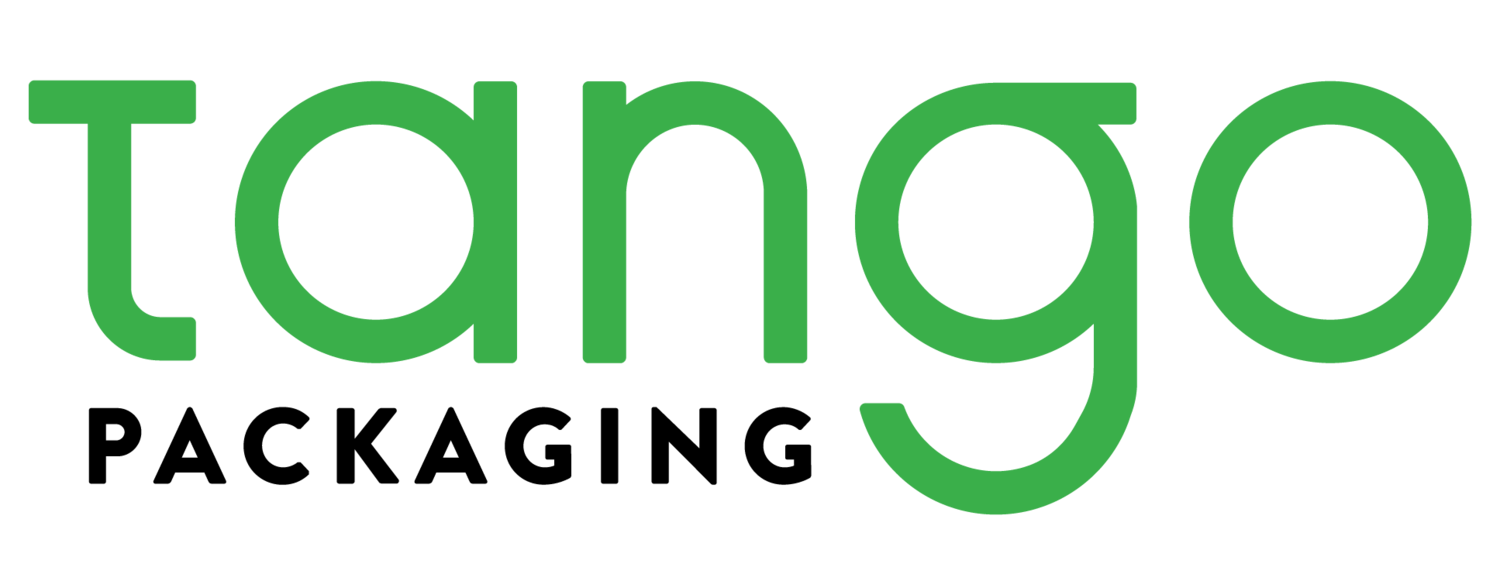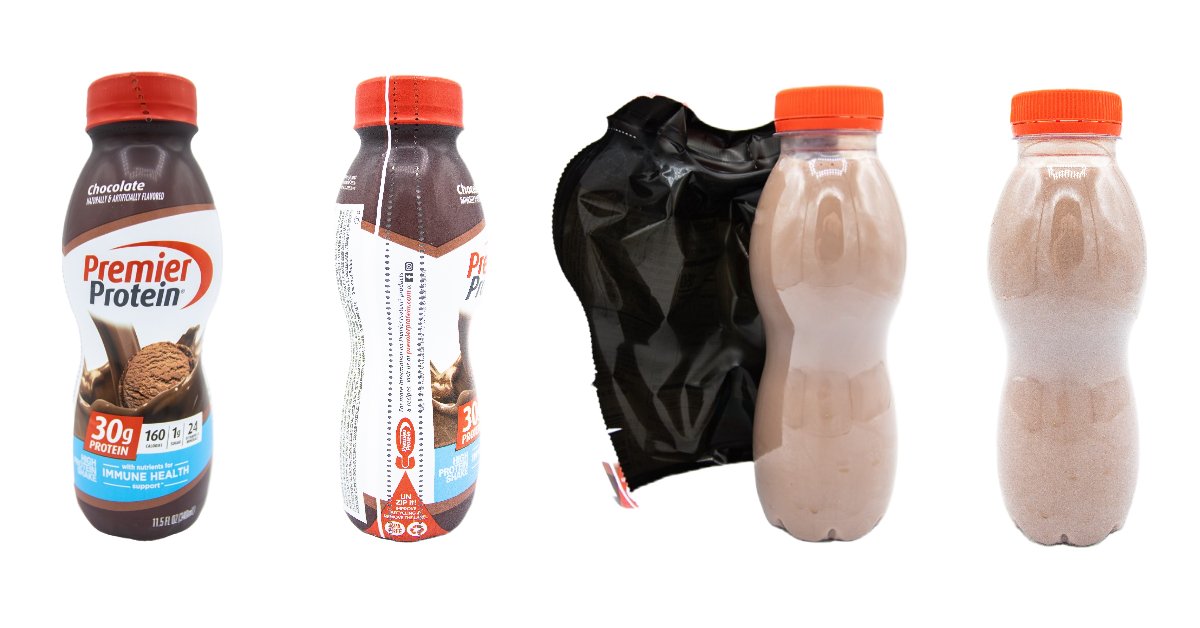Dominance and Sustainability in the RTD Beverage Market
Ready to Drink (RTD) beverages are produced and packaged in a way that allows consumers to consume them immediately upon purchasing.
The typical products that currently dominate this space include RTD protein and meal replacement shakes, cocktails, wines, and hard seltzers.
ForMarkets predicts that the RTD beverage space will reach $17.67 billion by the year 2025, which puts the growth rate between 2018 and 2025 at 7.2%.
With more and more competitors joining the market as consumer interest grows, how can brands ensure that their RTD products are ready to dominate in this space?
Here are 5 driving factors in the RTD beverage space - any product playing on these factors will likely see tremendous success.
Dominating in the RTD Beverage Space
1. Functionality:
Consumers are looking for something more than just a thirst quencher - they want a beverage that serves them with benefits like energy, boosting the immune system, building muscle, enhancing beauty, etc.
Mintel research found that consumers look for RTD beverages that include antioxidants (47%), promote brain health (40%), are anti-inflammatory (35%), or have probiotics (30%).
Promoting these functional elements or ingredients FRONT AND CENTER on an RTD label will catch the consumer’s attention, and likely their purchase as well.
2. Convenience:
Consumers are moving faster than ever before.
That’s why convenient, ready-to-go products are in such high demand.
With less available time, an RTD beverage that’ll replace breakfast, give a quick boost of energy needed for a task, or allow consumers to quickly get their daily dose of fruits and veggies, is certainly going to be a product high in demand.
It’s of the utmost importance for an RTD beverage to utilize convenient packaging that considers size and shape, ease of opening and closing, and so on.
3. Low sugar:
Consumers that are looking for a product that’ll boost their health and fitness are often concerned about sugar consumption.
This explains why so many products now state “NO ADDED SUGAR” or “ZERO SUGAR” in big letters on their labels.
4. Targeted towards millennial consumers:
Millennials are a generation consumed with health, but also always short on time.
That’s why RTD beverages are a match made in heaven for the millennial consumer - a drink that can save them time while still giving them the health benefits they so longingly desire.
Knowing millennials are the target audience, RTD packaging should consider what packaging elements will appeal to the millennial audience.
5. High quality:
With so many RTD options to choose from, perceived quality becomes a massive factor in consumers’ purchasing decisions, especially since more and more consumers are concerned about what they’re putting in their bodies.
The best way to emphasize a product’s quality is through premium packaging.
In fact, according to a study by Ipsos, 72% of American shoppers claim packaging to be their determiner for purchasing a product.
In the wise words of Sir Henry Royce, “Quality is remembered long after the price is forgotten.”
6. Sustainable Packaging:
Since we’ve covered that millennials are the likeliest consumer audience for the RTD beverage space, it’s also important to note an ever-growing millennial demand: packaging that is sustainable and recyclable.
A study done by Nielsen showed that 75 percent of millennials were so conscious about the environment, they were willing to change their buying habits to favor environmentally friendly products.
Ensuring that your RTD beverage container can be recycled and is produced in a sustainable way will be extremely important for winning loyalty from millennial consumers.
Here are a few ways to improve sustainability:
Consider a Light-Blocking Shrink Sleeve Film - These films allow your product to be packaged in recycling-friendly clear containers without exposing the contents to UV light, which can cause degradation and spoilage.
Include Perforations - Label perforations allow for quick and convenient label removal to encourage consumers to properly recycle your bottle or container.
Choose Easier-to-Recycle Materials - Make your packaging out of materials that are proven to be easier to recycle. Shrink sleeves themselves can be made in a variety of materials, including several that are proven to increase the recyclability and overall sustainability of a package.
Select Washable Inks - According to the EPA, the recycling rate for PET is only 29% due to difficulty removing inks during the wash cycle. However, the Association of Plastic Recyclers has confirmed that solvent-based inks greatly increase the recyclability of PET because they cause no contamination during the hot wash step of the recycling process.
Add a QR Code or Include Sustainability Information on Your Label - Keep your consumers educated and informed. If consumers don’t know what your team is doing, how can they be positively influenced to purchase? Include information about your brand’s environmentally-friendly efforts right on the label, or include a QR code that directs them to your brand’s sustainability page.
Stay Informed About Unique and Science-Backed Tips and Strategies - Partner with a packaging team that is knowledgeable about sustainability. Our team has personally partnered with recycling facilities across the United States, connected with plastic and sustainability leaders, and done our own extensive research, all to ensure that our packaging consultants are providing our clients with the best tips and strategies to pursue real sustainability. No greenwashing, just facts.
Premier Protein recently made sustainable packaging upgrades to their RTD shakes that incorporated some of these strategies in order to accommodate the ever-growing consumer demand.
Examples of Brands Dominating in the RTD Space
White Claw RTD Hard Seltzers -
Revenue: 2 billion.
White Claw has absolutely dominated the hard seltzer space.
They appeal to both genders, offer convenient ready to drink cans, and keep their lower-calories-per-can advantage front and center via packaging design.
White Claw currently sells in the US, UK, Australia, Austria, Belgium, Finland, Germany, Switzerland, and Sweden and has continually produced impressive sales numbers.
Fa!rlife RTD Protein Shakes -
Revenue: 1 billion.
With 50% less sugar, 30% more calcium, and 50% more natural protein than competing milk products, it’s no wonder Fa!rlife has seen exponential growth in the last few years.
Consumers want products that taste good AND are good for them.
Their RTD protein shakes are packaged in a full body over-the-cap shrink sleeve, giving them plenty of space to boldly boast of their high protein count. It also gives Fa!rlife a premium appearance with plenty of space for additional branding elements, which complements their pursuit of a premium product for consumers to enjoy.
Stok Coffee RTD coffee -
Revenue: 149.9 million.
Similar to Fa!rlife, Stok products have less sugar and calories than competing RTD coffee brands. But of course, that’s not all.
Stok’s bold packaging design gives an impression of a high quality product, and because of their full body shrink sleeve label, they’re able to grab attention with bright colors and striking designs.
Califia Farms RTD coffee -
Revenue: 128 million.
Their mission statement is simple: “Create a future where plants replace dairy without compromise.” Califia believes this transition will lead to good outcomes for both consumers and the planet.
And since consumers are more focused than ever on healthy products, it’s no wonder Califia is a leader in the RTD space, but Califia didn’t stop there.
Califia’s products use clear containers, which are much more ideal for recycling; opaque plastic can cause issues, even making the container completely unrecyclable in some cases.
Their full body shrink sleeves also include a zipper perforation that makes it easy and even fun for consumers to remove and separate labels from bottles - a necessary step in the recycling process.
Soylent RTD Meal Replacements -
Revenue: 75 million.
According to Soylent, their RTD meal replacements “turn a full meal into a one-step process, and takes eating off your plate”.
Conveniently packaged, with beautiful label colors and 20 grams of plant-based protein advertised front and center, Soylent's packaging is key to their success in the RTD space.
What To Do About Your Brand
The RTD beverage space is an over-populated and competitive market, but with special attention to the factors that are driving it, brands can be confident they’ll find success.
If your team is looking to join the Ready To Drink space, or is already operating in the market but is looking to advance even further, our team of packaging experts can help:
Step 1. Schedule a complimentary packaging consultation with one of our packaging experts. We will walk you through the different solutions available and help you determine which would be best suited to your RTD product.
Step 2. We’ll send you complimentary samples to test.
Step 3. We’ll provide you with a quote.
Fill out our simple contact form, email us at info@tangopackaging.com, or call (844) 33-TANGO [82646].





